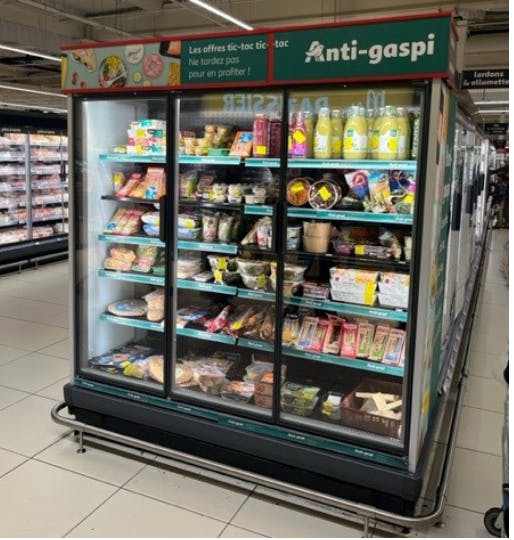
Markdowns: Twenty Questions For Your Business.
Each year, the food waste working group organise a meeting around markdowns and the different ways that the retailers in the group are looking to iterate, evolve and explore new approaches to the discounting of surplus food close to its expiry date.
To help guide the conversation, retailers shared where they believed their business scored on the markdown maturity model that emerged from our research on the exiting of surplus and unsold food, authored by Professor Akkas. Click here to access the research
Based on the meeting discussion, twenty strategic, operational, and reflective questions emerged.
Twenty questions that retailers could take back to their business, to help their business assess and evolve their markdown and food surplus management strategy and practices.
They are as follows.
Strategic Questions
#1. What is our overarching goal with markdowns?
Are we primarily focused on reducing food waste, maximising profit, improving customer satisfaction, or a balanced combination of these? For most retailers, it will be a "it depends" answer, so given that, how, and who in the business decides the order of priority [given they can be conflicting]?
#2. Where do we currently sit on the markdown maturity model?
Are we in the early stages with fixed markdowns, or are we leveraging dynamic pricing and AI-driven solutions?
#3. How do markdowns align with our broader sustainability and waste reduction goals?
Are markdowns integrated into our ESG strategy, and how do they contribute to our net-zero or food waste targets?
#4. Should we invest in building in-house AI capabilities or partner with external vendors?
What are the trade-offs in terms of transparency, speed, cost, control, and innovation?
Operational Questions
#5. How effective is our current markdown strategy?
Do we have data showing the impact of markdowns on waste reduction, profit margins, labour / productivity and customer behaviour?
#6. Are we using the right discount levels and timing?
Could we benefit from a tiered or dynamic markdown approach (e.g., 25%, 40%, 70%) based on real-time POS data?
#7. How do we ensure markdown compliance and execution in stores?
Are store teams consistently applying markdowns, and do we have visibility into markdown vs. write-off ratios?
#8. What role does technology play in our markdown process?
Are we using electronic shelf labels (ESLs), shelf cameras, or AI to automate and optimise markdowns?
#9. How do we manage markdowns across different product categories?
Should we tailor strategies for bakery, dairy, meat, and produce based on shelf life, demand elasticity, and customer preferences?
#10. Are we leveraging alternative channels for surplus food?
Could we expand or improve our use of mixed bags, surprise boxes, or third-party platforms like Too Good To Go, Gander or Flashfood? And the many others.
Customer and Market Questions
#11. How do customers perceive our markdowns?
Are markdowns seen as a value-add or a sign of poor quality? How can we improve communication and visibility?
#12. Are we cannibalising full-price sales with markdowns?
Do we understand the impact of markdowns on overall category performance and customer switching behaviour? To what extent does the location display of markdowns determine the extent of "trading down" from full to a discounted price?
#13. How do markdowns influence customer loyalty and shopping patterns?
Are markdown shoppers more likely to return, or are they opportunistic buyers? To what extent do markdowns promote loyalty?
Data and Measurement Questions
#14. What KPIs are we using to measure markdown effectiveness?
Are we tracking sell-through rates, waste reduction, margin retention, and customer satisfaction?
#15. Do we have the right data infrastructure to support advanced markdown strategies?
Are our systems integrated across inventory, pricing, and sales to enable real-time decision-making?
#16. How do we validate the performance of AI or algorithmic markdown tools?
Are we running controlled experiments or A/B tests to ensure these tools are delivering the intended outcomes?
Forward-Looking and Innovation Questions
#17. What’s next on our markdown innovation roadmap?
Are we exploring autonomous markdowns, predictive analytics, or integration with supply chain forecasting?
#18. How can we better collaborate across departments and with external partners?
Could we co-develop solutions with academia, tech providers, or other retailers?
#19. What are the barriers to scaling our markdown innovations?
Are there regulatory, operational, or cultural challenges we need to address?
#20. How do we ensure our markdown strategy remains agile and responsive to change?
Are we set up to continuously learn, iterate, and adapt based on new insights and technologies?
If you would like to join this retailer and producer only working group, click here to view the landing page and then sign up to our next meeting.
Jun 12, 2025
Main office
ECR Community a.s.b.l
Upcoming Meetings
Join Our Mailing List
Subscribe© 2023 ECR Retails Loss. All Rights Reserved|Privacy Policy

